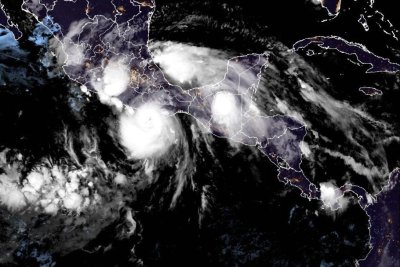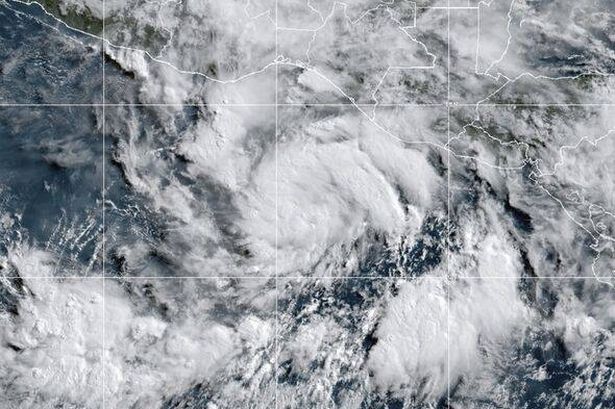Laura Angulo was visiting the Philippines as part of a four-month trip around South East Asia when she became ill
A teacher was left “unable to sit up” after falling ill with suspected dengue fever during a nightmare holiday. Laura Angulo was touring the Philippines on a four-month South East Asia adventure when she became unwell on Palawan Island.
The 29-year-old keen globetrotter initially suffered from “general malaise and fatigue”. However, Laura’s health rapidly worsened.
“I remember we were on a beach and I was lying down eating ice cream because I didn’t have the strength to sit up,” Laura, who lives on Australia’s Gold Coast, shared with What’s The Jam. “The moment I started vomiting, we decided to go to the doctor, since we knew that in the Philippines, as in many other tropical countries, you can get dengue fever.”
Laura, originally from Spain, underwent a blood test which revealed “a very low percentage of platelets”.
She recalled: “They told us that this is one of the symptoms of dengue fever and that I probably had it. At that moment, I admit I was terrified.
“I called my parents and they asked me to return to Spain. But, luckily, my sister and cousin were there for me when I needed them.
“Doctors then performed another test on me, which came back negative, but that didn’t mean I wasn’t infected. I was able to go back to my hostel, but I had to return over the next three days for further tests to see if my diagnosis had improved, since one of the possible symptoms of dengue is internal bleeding
“During those three days, the vomiting and diarrhoea worsened, but I didn’t have any other symptoms. I was drinking saline and eating small amounts of rice and chicken when my body allowed it.
“On the third day, we had to travel to another island where I felt ill for two or three weeks and I lost about 1.6 stone (10kg). It was never confirmed whether I was actually infected, but my platelet count suggests I was.”
Laura, who has more than 50,000 followers on Instagram and TikTok, shared with her online audience that dengue is spread by mosquito bites.
She continued: “There are four different strains of the dengue virus and if you’ve had one of them and become infected again, your risk of severe symptoms increases. If you get bitten by two strains of dengue at the same time, internal bleeding and possibly death become more likely.
“But don’t be alarmed; the Philippines is a beautiful country that I highly recommend visiting. To prevent something similar from happening, my first recommendation is to go to a vaccination centre and always carry mosquito repellent and basic medicines as well as travel insurance. Remember to get informed beforehand, and travel responsibly.”
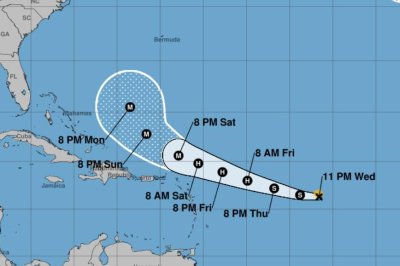


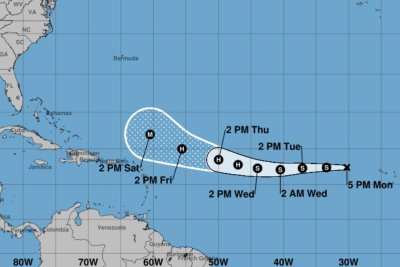
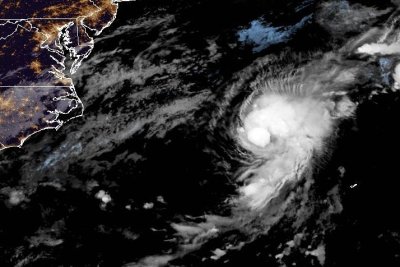
 Tropical Storm Dexter formed Sunday night over the western Atlantic, far off the coast of North Carolina, according to forecasters who expect it to move away from the U.S. coast.
Tropical Storm Dexter formed Sunday night over the western Atlantic, far off the coast of North Carolina, according to forecasters who expect it to move away from the U.S. coast.






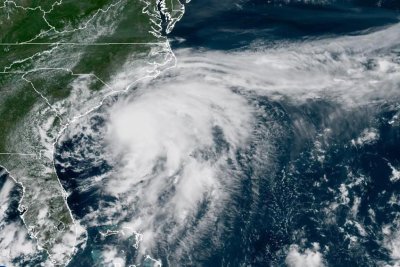

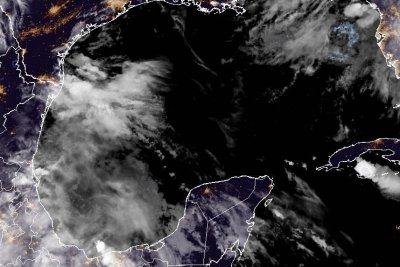

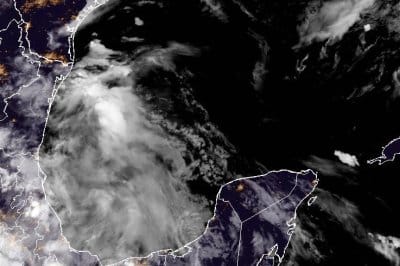



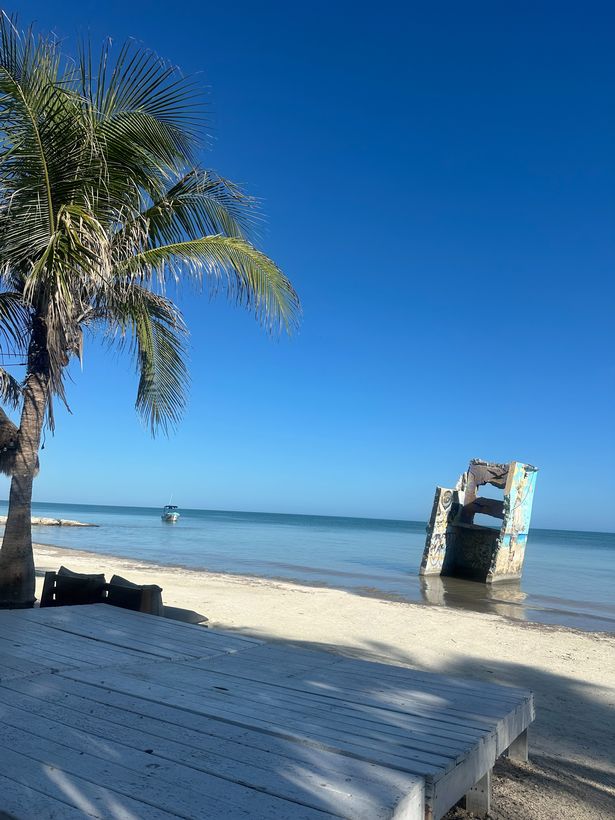
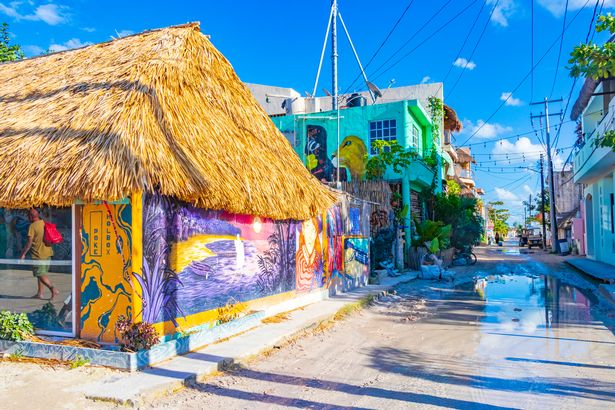
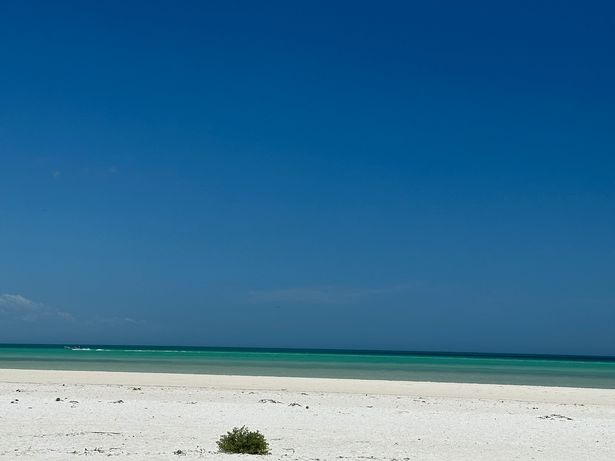

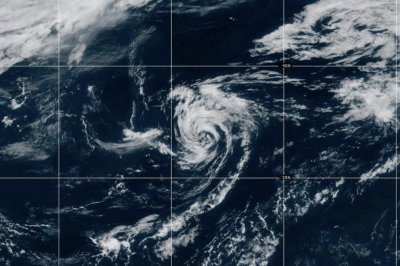
 The National Weather Service announced Tuesday that the first tropical storm of the 2025 Atlantic hurricane season has formed.
The National Weather Service announced Tuesday that the first tropical storm of the 2025 Atlantic hurricane season has formed.

